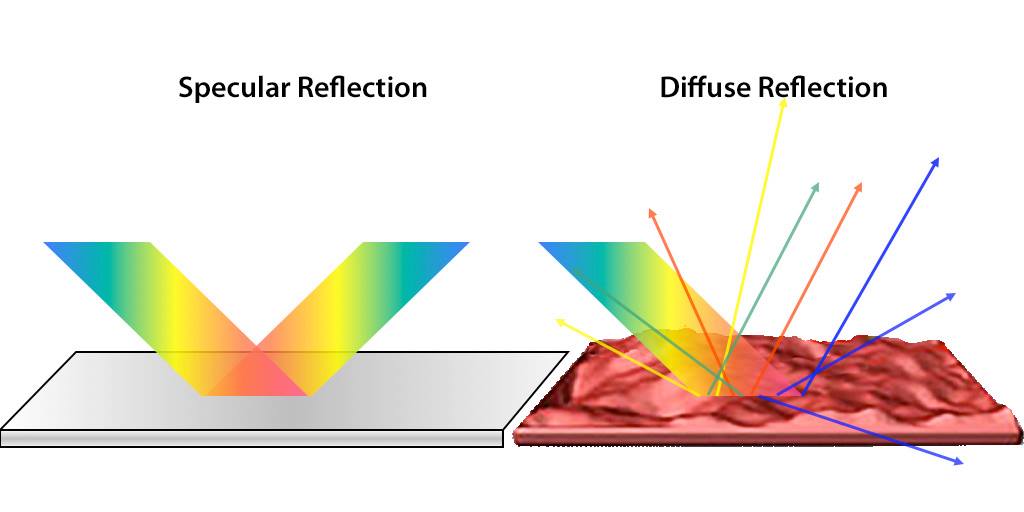Paint correction is the process of buffing, polishing, sanding, leveling, or clearing the paint to its previous condition or better. How do detailers accomplish this? Well, it’s not exactly magic even though that’s what it may appear to be after your car comes back from the detail shop. Before we talk about the paint correction process, we have to talk about scratches.
Scratches, marring, and defects.
I want to start off by stating that it is 100% impossible to avoid scratches on your car. How is that so? I keep it stored in my garage and only use the touchless car wash tunnel! Well, even the friction of the high-pressure water jets is microscopically marring the paint. My point is, these microscopic abrasions likely won’t matter to you. In fact, I know they won’t. Friction is necessary to properly clean a vehicle. Over time, depending on how abrasive your wash process is, you’ll slowly (or quickly if you use a dish sponge) begin to notice your car has lost some of its luster. Therefore making your once new car look hazy and old. Managing the friction when caring for your car is vital to keeping it looking as new as possible.
Layers of protection
From the factory, cars built after the 90’s were painted with three primary layers of paint. Primer, the basecoat, and last but not least, the clearcoat. Clearcoat was invented to provide an additional and shinier layer of protection, therefore adding years of paint durability before having to visit the body shop. This last layer of paint is clear and protects your car from the sun, salt, brake dust, oil, bird droppings, your dog’s nails, you name it.
So what is actually happening when you buff a car?
The auto detailing industry was first popularized in the 1950s when the most advanced methods detailers would use to improve paint clarity was to take rubbing compound and a pad made out of actual wool and rub off the hazy paint; thereby leaving the paint new. In many ways, the process has not changed. You see, you can only polish a painted panel so many times until you’re left with no paint at all. But how does removing paint with a polisher make a car shiny? In short: light refraction.

How to have the shiniest car in town
What does light travel have to do with having a show car? Well, everything. Shine is directly related to reflection. Processed diamonds are the shiniest because they’re transparent and do a great job at pointing light directly back into your eye. Mirrors are the most reflective because a thin layer of flat silver is placed behind a layer of glass. To have the glossiest paint, you have to level out all the peaks and valleys (including the microscopic ones). The more flat your paint is, the more light it is going to reflect directly into your eyes, and the less it’s going to refract elsewhere.
Polishing is an artisan craft
There is no way to replace experience. There is no one size fits all process to polish every painted panel. Different defects call for different processes. There is hard paint and there is soft paint. You can use 1000 grit sandpaper and you can use 4000 grit sandpaper. Each scenario calls for a different tool in the toolkit, much like your HVAC technician. I’m not saying you shouldn’t attempt to DIY buff the damage that your neighborhood delinquent did when they rammed into the side of your bumper with their tricycle. By all means, give it a shot and see what you’re made of. Everyone starts somewhere. However, do not expect to get amazing results on the first go around.
